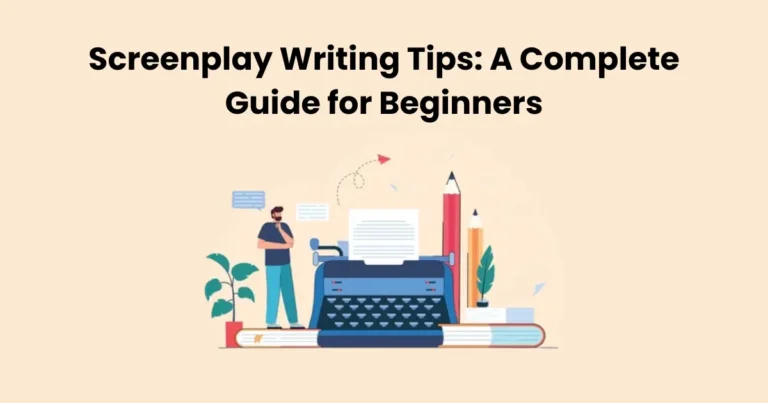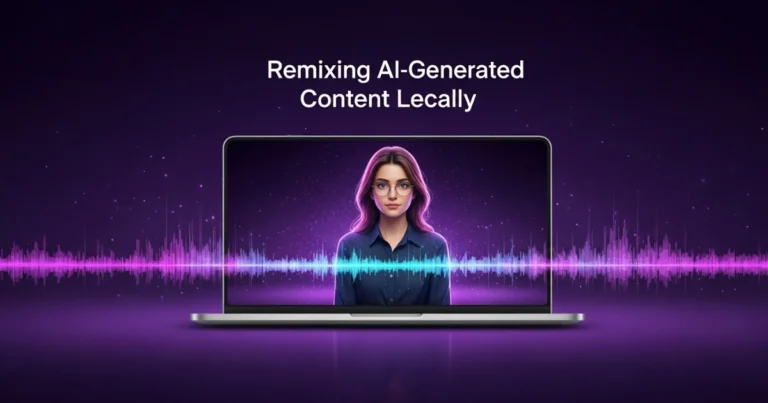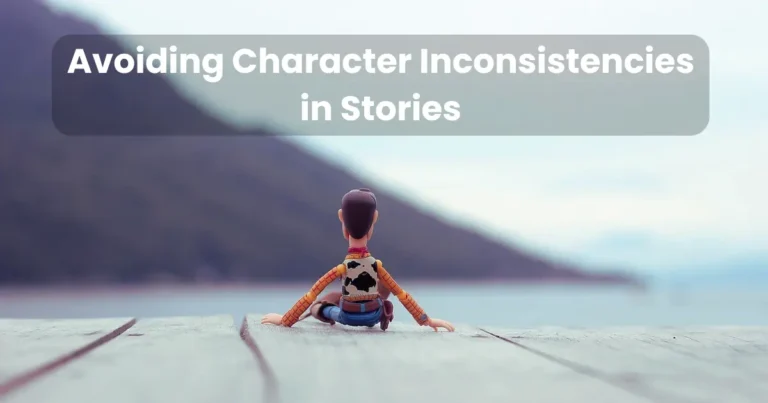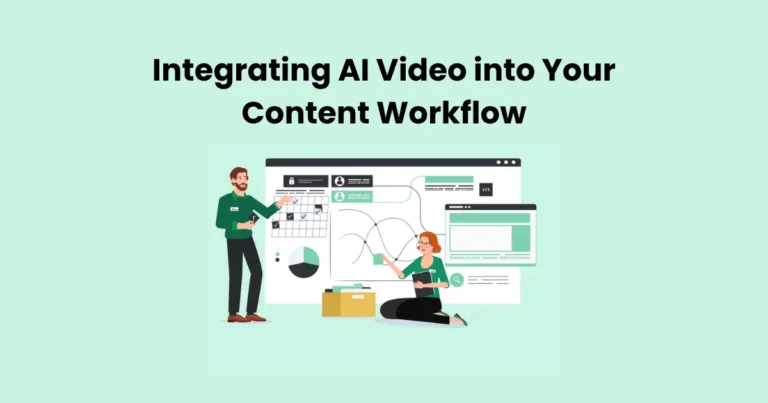Vibe Filming: Create Cinematic Stories with Emotion
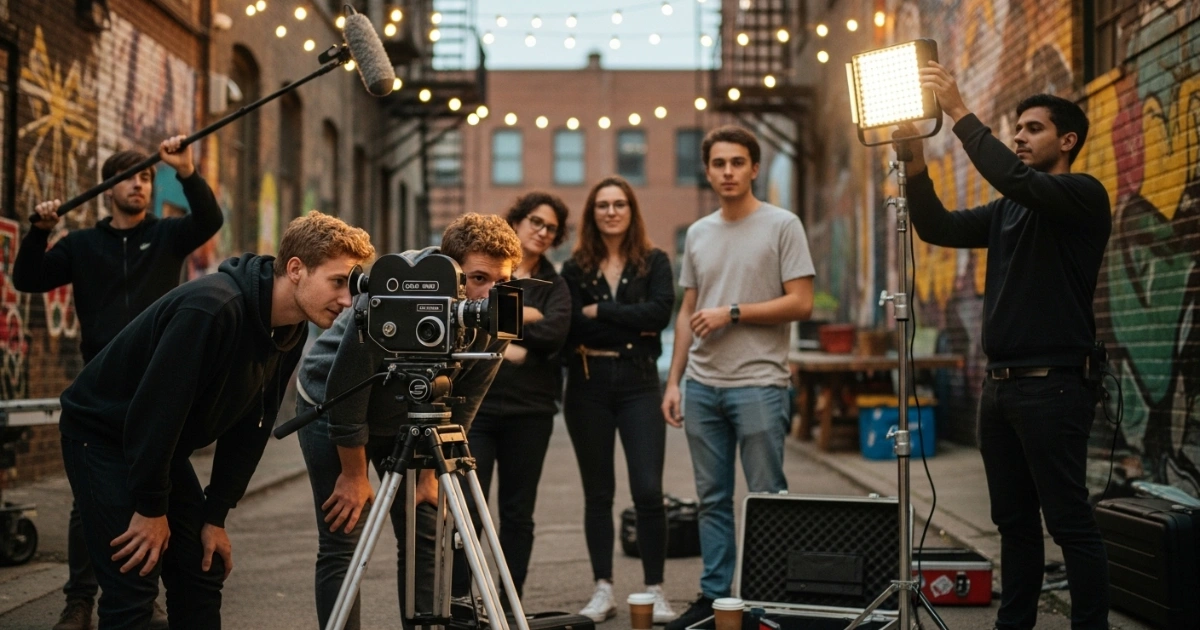
Contents
- 1 What is Vibe Filming?
- 2 Why Vibe Filming Matters in Modern Storytelling
- 3 Essential Techniques for Vibe Filming
- 4 Tools and Equipment for Vibe Filming
- 5 Step-by-Step Guide to Creating a Vibe Film
- 6 Trends in Vibe Filming for 2025
- 7 Common Mistakes to Avoid in Vibe Filming
- 8 Case Studies: Vibe Filming in Action
- 9 Tips for Maximizing Engagement with Vibe Filming
Vibe filming is revolutionizing how storytellers capture emotion, atmosphere, and narrative depth in their cinematic creations. This approach prioritizes creating an immersive, emotional experience that resonates with audiences, blending visuals, sound, and storytelling to evoke a specific mood or “vibe.” Whether you’re a budding filmmaker, content creator, or seasoned videographer, mastering vibe filming can elevate your work to new heights. In this article, we’ll explore the essence of vibe filming, its techniques, tools, and trends, ensuring you can craft compelling stories that captivate viewers for the maximum time possible.
Transitioning into the world of vibe filming requires understanding its core principles and how to execute them effectively. From choosing the right equipment to leveraging editing techniques, this guide will provide actionable insights to help you create films that leave a lasting impression. Let’s dive into the art and science of vibe filming and discover how to make your projects stand out.
What is Vibe Filming?
Vibe filming is a filmmaking approach that focuses on evoking a specific emotional or atmospheric “vibe” through intentional choices in cinematography, sound design, pacing, and narrative structure. Unlike traditional filmmaking, which may prioritize plot-driven narratives, vibe filming emphasizes mood and sensory experience. For instance, a vibe film might use soft lighting, slow camera movements, and ambient soundscapes to create a dreamy, nostalgic feel.
This style is prevalent in music videos, short films, and social media content, where creators aim to engage audiences emotionally within a short timeframe. By carefully curating visual and auditory elements, vibe filming ensures viewers are immersed in the story, staying engaged for the maximum time. The goal is to make the audience feel the story, not just watch it.
Moreover, vibe filming is highly versatile, applicable to genres like romance, horror, or even documentaries. For example, a horror vibe film might use dim lighting and eerie sound effects to build tension, while a romantic vibe film could incorporate warm tones and gentle music to evoke love and intimacy. As a result, vibe filming allows creators to tailor their work to specific emotional goals, making it a powerful tool for modern storytelling.
Why Vibe Filming Matters in Modern Storytelling

In today’s fast-paced digital world, capturing and retaining audience attention is more challenging than ever. Vibe filming addresses this by creating content that resonates on an emotional level, encouraging viewers to stay engaged for the maximum time. Platforms like Instagram, TikTok, and YouTube thrive on short, impactful content, and vibe filming aligns perfectly with this trend.
Additionally, vibe filming fosters a deeper connection with audiences. By prioritizing mood over plot, creators can evoke universal emotions that transcend language or cultural barriers. For instance, a travel vlog using vibe filming techniques—like sweeping drone shots and soothing music—can make viewers feel the serenity of a location, even if they’ve never visited it.
Furthermore, vibe filming enhances brand storytelling. Businesses and influencers use this approach to create authentic, emotionally driven content that builds trust and loyalty. A well-executed vibe film can turn a simple product advertisement into a memorable, cinematic experience, keeping viewers engaged for the maximum time.
Essential Techniques for Vibe Filming
To master vibe filming, you need to combine technical skills with creative vision. Below are key techniques to help you create emotionally resonant films that captivate audiences.

1. Mastering Cinematography for Mood
Cinematography is the backbone of vibe filming. Your choice of camera angles, framing, and movement directly influences the mood. For example, wide shots can convey freedom or isolation, while close-ups emphasize intimacy or tension. To maximize engagement, experiment with dynamic movements like slow pans or dolly shots to draw viewers into the scene.
Lighting is equally critical. Soft, diffused lighting creates a warm, inviting vibe, while harsh, high-contrast lighting can evoke drama or unease. Natural light, such as golden hour sunlight, is often used in vibe filming to enhance emotional depth. By carefully selecting your lighting setup, you can ensure viewers remain immersed for the maximum time.
2. Harnessing Color Grading
Color grading is a powerful tool in vibe filming, as it sets the emotional tone of your footage. Warm tones (reds, oranges) evoke comfort or passion, while cool tones (blues, greens) suggest calmness or melancholy. Tools like Adobe Premiere Pro or DaVinci Resolve allow you to fine-tune colors to align with your desired vibe.
For instance, a vintage vibe film might use sepia tones to evoke nostalgia, while a futuristic vibe could incorporate neon blues and purples. Consistency in color grading ensures a cohesive aesthetic, keeping viewers engaged for the maximum time. Experiment with LUTs (Look-Up Tables) to streamline your grading process and achieve professional results.
3. Crafting Immersive Soundscapes
Sound design is a cornerstone of vibe filming. The right audio can amplify emotions and immerse viewers in the story. Ambient sounds, like rustling leaves or distant waves, create a sense of place, while carefully selected music sets the emotional pace. For example, lo-fi beats can evoke relaxation, while orchestral scores might build suspense.
To enhance immersion, sync audio with visual transitions. A sudden swell in music during a dramatic reveal can heighten impact, keeping audiences glued to the screen for the maximum time. Tools like Audacity or Adobe Audition can help you layer sounds effectively.
4. Pacing and Editing for Emotional Flow
Pacing is crucial in vibe filming. Slow, deliberate cuts can create a reflective or melancholic mood, while quick cuts might convey energy or chaos. During editing, focus on the rhythm of your film to maintain emotional flow. Software like Final Cut Pro or Premiere Pro offers timeline tools to fine-tune pacing.
Additionally, transitions like fades or dissolves can enhance the vibe. For example, a slow fade to black can signal closure or introspection, keeping viewers emotionally invested. By prioritizing smooth pacing, you ensure audiences stay engaged for the maximum time.
Tools and Equipment for Vibe Filming
While vibe filming relies heavily on creativity, the right tools can make a significant difference. Below are essential pieces of equipment to elevate your projects.

Cameras and Lenses
A high-quality camera is essential for capturing the vivid visuals required in vibe filming. Entry-level options like the Canon EOS M50 or Sony ZV-1 are great for beginners, offering excellent image quality and portability. For professionals, cameras like the Sony A7S III or Blackmagic Pocket Cinema Camera provide superior dynamic range and low-light performance.
Lenses also play a key role. Prime lenses with wide apertures (e.g., 50mm f/1.8) are ideal for creating a shallow depth of field, which isolates subjects and enhances the cinematic vibe. Meanwhile, wide-angle lenses are perfect for expansive, atmospheric shots.
Stabilization and Movement
Smooth camera movement is a hallmark of vibe filming. Gimbals like the DJI Ronin-S or Zhiyun Weebill-S provide professional-grade stabilization, allowing for fluid tracking shots. Tripods are also essential for static shots, ensuring crisp, steady footage.
For dynamic vibe filming, consider drones like the DJI Mavic Air 2 for breathtaking aerial perspectives. These tools help create immersive visuals that keep viewers engaged for the maximum time.
Lighting and Audio Equipment
Lighting kits, such as LED panels or ring lights, allow you to control the mood of your scenes. Softboxes are excellent for diffusing light, creating a natural, flattering effect. For audio, invest in a quality shotgun microphone (e.g., Rode VideoMic Pro) or lavalier mic to capture clear sound.
Additionally, portable recorders like the Zoom H5 can help you capture ambient sounds for immersive soundscapes. High-quality audio ensures viewers stay connected to the vibe for the maximum time.
Step-by-Step Guide to Creating a Vibe Film
Now that you understand the techniques and tools, let’s walk through the process of creating a vibe film from start to finish.

Step 1: Define Your Vibe
Before filming, identify the mood or emotion you want to convey. Are you aiming for nostalgic, serene, or intense? Write a brief creative brief outlining your vision, including the target audience and platform (e.g., Instagram, YouTube). This clarity will guide your choices throughout the project.
Step 2: Plan Your Shots
Create a shot list and storyboard to map out your visuals. Include details like camera angles, lighting setups, and sound cues. For example, a serene vibe film might include sunrise shots with soft music, while an intense vibe film could feature fast cuts and dramatic lighting.
Step 3: Film with Intention
During production, focus on capturing footage that aligns with your vibe. Experiment with different angles and lighting setups to enhance the mood. Shoot extra B-roll footage to provide flexibility during editing, ensuring you have enough material to keep viewers engaged for the maximum time.
Step 4: Edit for Impact
In post-production, use editing software to refine your footage. Apply color grading, adjust pacing, and layer audio to create a cohesive vibe. Pay attention to transitions and ensure the emotional flow remains consistent.
Once your vibe film is complete, optimize it for your chosen platform. For example, vertical videos work best for Instagram Stories, while widescreen formats suit YouTube. Add captions and hashtags to boost discoverability, ensuring your film reaches a wide audience and keeps them engaged for the maximum time.
Trends in Vibe Filming for 2025
Vibe filming is evolving rapidly, with new trends emerging in 2025. Here are some to watch:

- Immersive Storytelling: Creators are using 360-degree cameras and VR technology to create fully immersive vibe films.
- AI-Enhanced Editing: AI tools like Runway ML are streamlining color grading and audio syncing, making vibe filming more accessible.
- Retro Aesthetics: Vintage-inspired visuals, such as VHS effects or grainy textures, are gaining popularity for nostalgic vibes.
- Sustainability Themes: Vibe films focusing on nature and eco-conscious themes are resonating with environmentally aware audiences.
By staying ahead of these trends, you can create vibe films that feel fresh and relevant, maximizing viewer engagement.
Common Mistakes to Avoid in Vibe Filming
While vibe filming is highly creative, certain pitfalls can undermine your efforts. Here are mistakes to avoid:

- Overloading with Effects: Too many filters or transitions can distract from the vibe. Keep it simple and cohesive.
- Neglecting Audio: Poor sound quality can break immersion. Always prioritize clear, high-quality audio.
- Ignoring Audience Preferences: Tailor your vibe to your target audience’s tastes to ensure maximum engagement.
- Inconsistent Mood: Shifts in tone or style can confuse viewers. Maintain a consistent vibe throughout.
By avoiding these mistakes, you can create polished vibe films that captivate audiences for the maximum time.
Case Studies: Vibe Filming in Action
To illustrate the power of vibe filming, let’s look at two real-world examples:
- Travel Vlog by Creator X: A travel vlogger used vibe filming to capture the serenity of a coastal town. By combining drone shots, golden-hour lighting, and ambient wave sounds, they created a film that transported viewers to the location, earning high engagement on YouTube.
- Brand Ad by Company Y: A skincare brand used vibe filming to showcase their product in a calming, minimalist setting. Soft lighting and gentle music emphasized relaxation, resulting in a 20% increase in viewer retention compared to their previous ads.
These examples highlight how vibe filming can elevate content and keep audiences engaged for the maximum time.
Tips for Maximizing Engagement with Vibe Filming
To ensure your vibe films resonate with audiences, consider these tips:

- Know Your Audience: Research your target demographic to tailor the vibe to their preferences.
- Test and Iterate: Experiment with different techniques and analyze viewer feedback to refine your approach.
- Leverage Social Media: Share behind-the-scenes content or teasers to build anticipation and drive engagement.
- Optimize for SEO: Use relevant keywords, like “vibe filming,” in titles, descriptions, and tags to boost discoverability.
By implementing these strategies, you can create vibe films that captivate viewers and keep them watching for the maximum time.
Conclusion
Vibe filming is a transformative approach to storytelling, blending visuals, sound, and emotion to create immersive cinematic experiences. By mastering techniques like cinematography, color grading, sound design, and pacing, you can craft films that resonate deeply with audiences. With the right tools, intentional planning, and an eye for trends, vibe filming allows you to stand out in a crowded digital landscape.
Whether you’re creating content for social media, advertising, or personal projects, vibe filming offers endless possibilities to connect with viewers. Start experimenting today, and watch your stories come to life, keeping audiences engaged for the maximum time. Ready to dive in? Grab your camera, define your vibe, and let your creativity shine.


